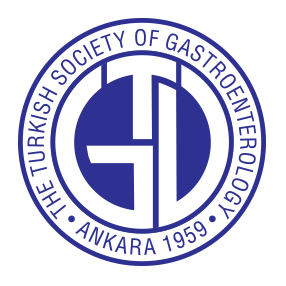Background/Aims: Obesity is a growing global health challenge associated with increased morbidity and mortality. Intragastric balloon therapy has emerged as a minimally invasive alternative for weight management in patients unsuitable for bariatric surgery or as a bridging intervention. This study evaluates the efficacy, safety, and metabolic impacts of intragastric balloon therapy in a prospective cohort.
Materials and Methods: A total of 65 patients underwent endoscopic intragastric balloon therapy between October 2023 and January 2025. Comprehensive baseline evaluations included body weight, body mass index, and computed tomography analysis of visceral and subcutaneous fat tissue thickness. Patients were followed up at 2 and 6 months post procedure. Statistical analysis was performed to assess weight loss, metabolic changes, and safety outcomes.
Results: Of the initial cohort, 62 patients (mean age: 37.89 years; 75.4% female) completed the study. The median body weight decreased significantly from 104.5 kg pre-procedure to 88 kg at 6 months (P < .001). Body mass index values similarly declined, with a mean reduction from 37.59 to 32.79 kg/m2 (P < .001). Significant decreases in subcutaneous and visceral fat tissue thickness were observed (P < .001 and P = .032, respectively). Only 1 patient (1.5%) required early balloon removal due to nausea, with no other major complications reported.
Conclusion: Intragastric balloon therapy is an effective and safe intervention for short-term weight loss, with significant reductions in adipose tissue. Further research is needed to evaluate its long-term efficacy and metabolic benefits.
Cite this article as: Yüksel M, Kenarlı K, Sarıaltın F, et al. Six-month outcomes of endoscopic intragastric balloon therapy: A prospective single-center study. Turk J Gastroenterol. Published online May 20, 2025. doi 10.5152/tjg.2025.24043


.jpg)

.png)
.png)